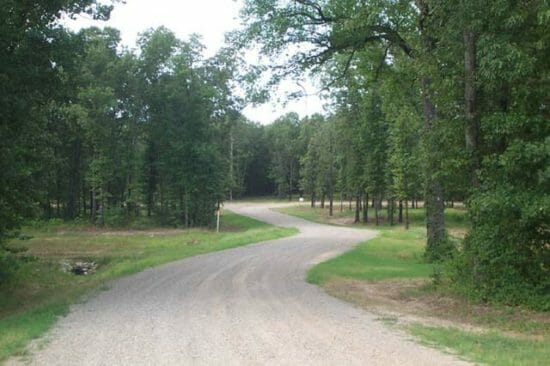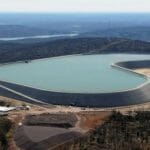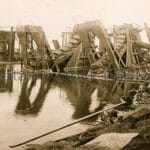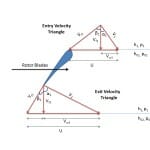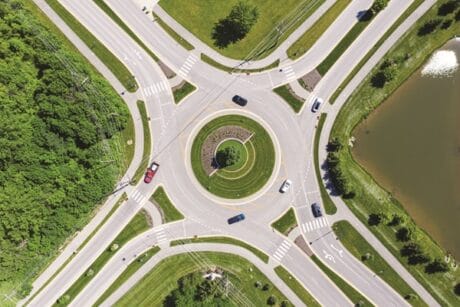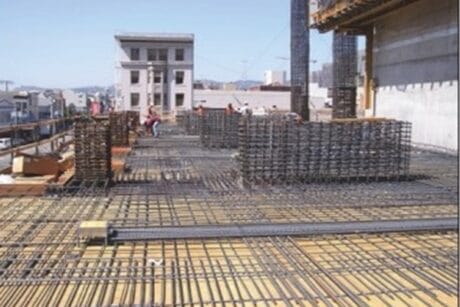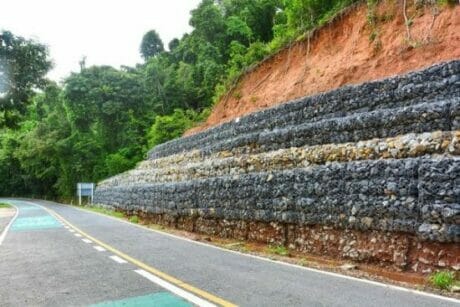No products in the cart.
- Course No E – 1598
- PDH Units 8.00
Course No E - 1598
PDH Units 8.00
- Course No E – 1598
- PDH Units 8.00
Course No E - 1598
PDH Units 8.00
Intended Audience: local agency officials, managers, civil, and transportation engineers
PDH UNITS: 8
Explore practical information and real-life examples illustrating the good, the bad, and the ugly of gravel road construction and maintenance in our online course developed by Dr. Rossow. The U.S. has more than 1.6 million miles of gravel roads, amounting to about 53% of the country’s total road mileage. Gravel roads are usually considered greatly inferior to paved roads, but in many rural regions the volume of traffic is so low that paving and maintaining a paved road is not economically feasible. Yet gravel roads serve important functions: providing a means of getting agricultural products in and out of farm fields, timber out of forests, or providing access to remote areas such as campgrounds and lakes. Many gravel roads serve rural residents as well. Given the importance of gravel roads to the economy, especially of rural areas, engineers must understand maintenance and design issues associated with gravel roads. The material in this online traffic engineering course includes many photographs and examples of existing roads, demonstrating both good and poor construction and maintenance practices for gravel roads. This course is based on the document, “Gravel Roads Construction & Maintenance Guide,” August 2015, as part of a joint effort by the Federal Highway Administration (FHWA) and the South Dakota Local Technical Assistance Program (SDLTAP) located at South Dakota State University in Brookings, SD.
Learning Objectives
At the successful conclusion of this course, you’ll be able to identify and discuss:- Proper road cross section shape: crown, shoulder, and foreslope
- Rehabilitation of deteriorated road
- Principles of drainage: ditches, culverts, and underdrains
- Areas of concern: corrugation (washboarding), intersections, superelevation in curves, rail crossings, soft and weak subgrade
- Selection of gravel
- How to avoid segregation
- Need for testing aggregates
- How to handle gravel
- Dust control/stabilizers: types, benefits, and application tips
- Design methods for determining road thickness
- Quantity calculations
- How to decide when to pave a gravel road
Once completed, your order and certificate of completion will be available in your profile when you’re logged in to the site.

